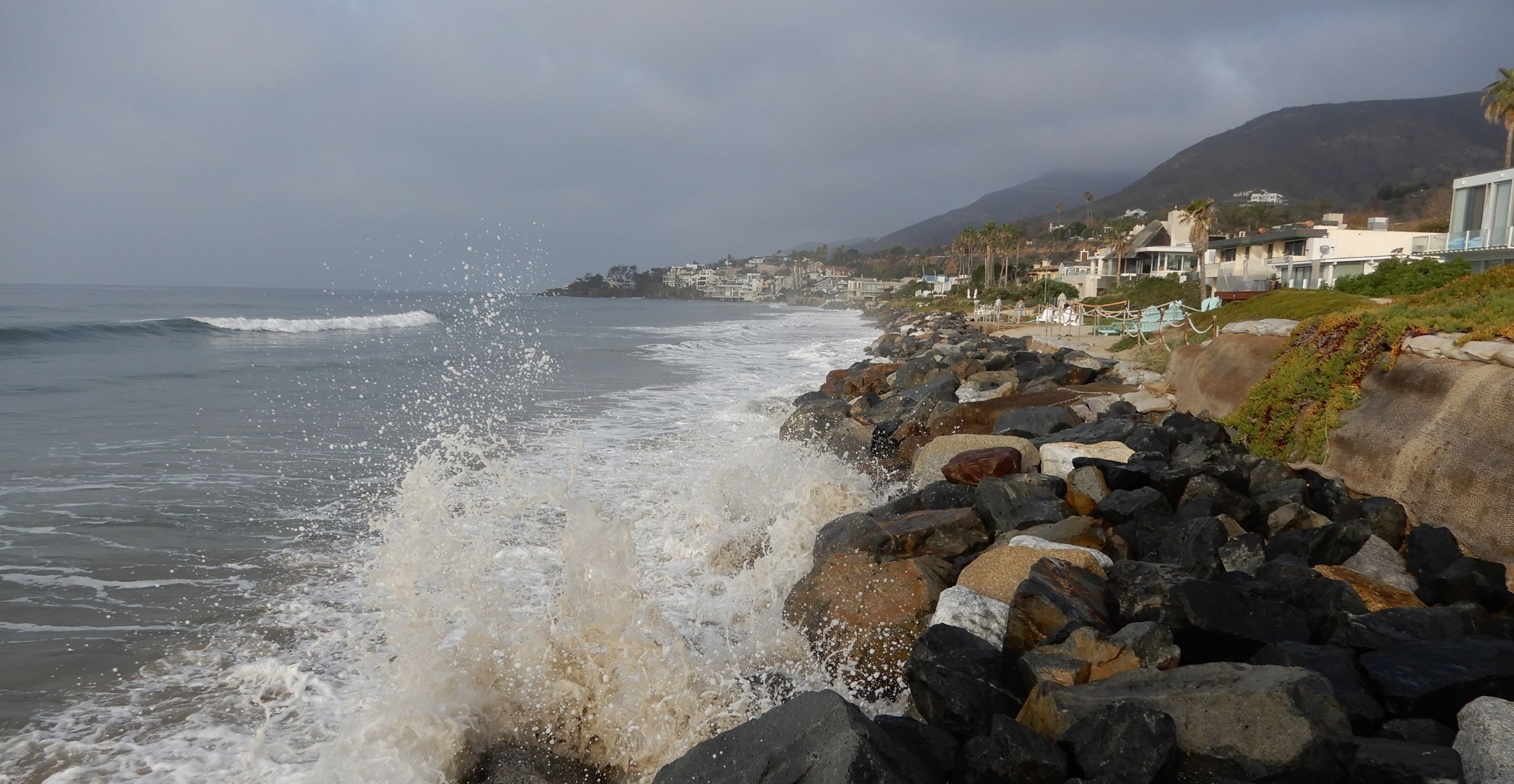It's Breeding Time for the Threatened Snowy Plovers at UCSB's Coal Oil Point Reserve
Once again it is breeding time for the snowy plovers at UC Santa Barbara's Coal Oil Point Reserve. The director of the reserve, Cristina Sandoval, has issued the advisory below. Reporters interested in pursuing stories about the plovers and the reserve can contact her at (805) 893-5092, or via e-mail at Sandoval@lifesci.ucsb.edu
From Cristina Sandoval, Director, Coal Oil Point Reserve:
About 1500 threatened snowy plovers breed on the West Coast of the United States. Locally, up to 200 snowy plovers winter on Sands Beach at Coal Oil Point.
In the past, these birds would leave Coal Oil Point to breed elsewhere, such as the Guadalupe Nipomo dunes.
Now, however, the Spring counts of snowy plovers at Sands Beach are the highest on record, and this month, several pairs began nesting.
This is the second year of breeding at Coal Oil Point Reserve following efforts by the University and the Audubon Society to protect the birds from disturbance.
Snowy plovers are tennis-ball sized birds that are very camouflaged on the beach.
These birds use the dry sandy areas to rest and nest, but will also come down toward the ocean to feed at low tide.
People also like these dry sand areas and, in places where people and plovers overlap, the plovers have often lost.
Most of the breeding areas on the West Coast have been abandoned as human populations have increased.
Plovers are most sensitive to people and pets during the mid-March to mid-September breeding season when they incubate eggs on the sand for one month and care for flightless chicks for an additional month.
Although the Endangered Species Act (a federal law) protects snowy plovers from harassment by people and pets, the birds are difficult to notice and are disturbed by innocent activities.
At Sands Beach, areas of the upper beach where plovers concentrate are now indicated by rope boundaries and signs to help people avoid accidentally disturbing plovers or trampling their nests.
Volunteer docents are also present to provide information about the birds and encourage people to leash their dogs (to which plovers are particularly sensitive). Local beach users have been extremely cooperative and deserve enormous credit for helping this species make a recovery at Sands Beach.
Visitors can expect the rope boundaries to change from time to time.
The 400-meter area around the slough mouth is protected year round but during the winter, the rope boundaries are sometimes moved in response to storms that have eroded the beach, opened the slough and pushed plovers toward the entrance of Sands Beach.
With the beach now broader and the birds breeding, the boundaries are being moved back to the configuration that was in place last summer.
The University's plover management plan, built on two years of research, has been hailed by the California Coastal Commission as a model for how to protect snowy plovers and provide appropriate levels of public beach access.
Thus far, the program has been supported by UCSB, the Santa Barbara Audubon Society, and private donations.
The success of the plover management plan is an example of UCSB's leadership in environmental issues.
Students constitute 73% of the users of Sands Beach and they can help maintain the balance between preservation and beach access.
Visitors should walk along the ocean's edge to avoid disturbing birds.
Leashing pets and keeping the beach fire-free and litter-free will also greatly help protect the plovers.
Playing ball games and Frisbee on the Devereux side of the point prevents balls flying inadvertently into the fenced areas and smashing plover eggs.
For those who enjoy wildlife, Sands Beach is one of the best areas for observing Snowy Plovers and other birds.
Docents are able to point out the difficult to see birds to interested beach users.
Volunteers interested in joining the Coal Oil Point Snowy Plover Docent Program should call Jennifer Stroh at 880-1195.



